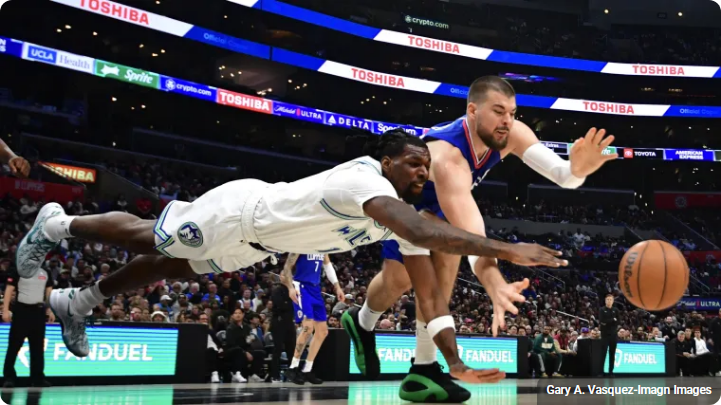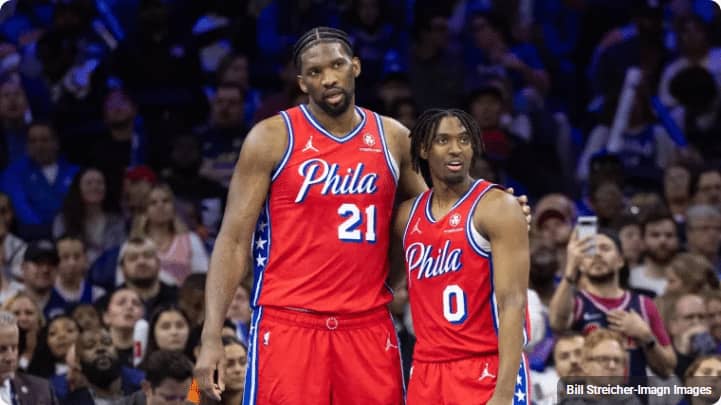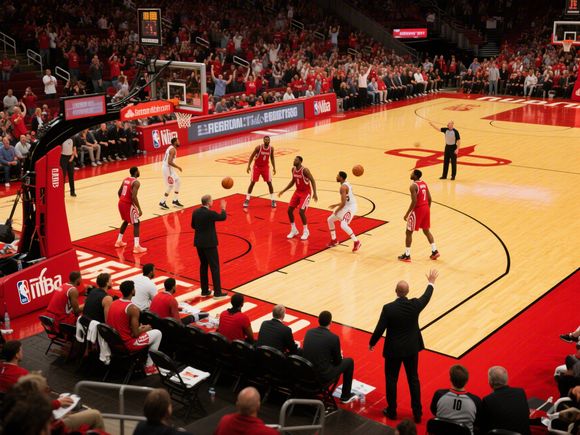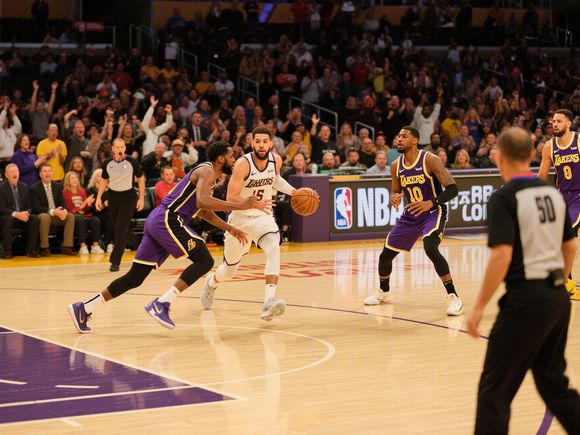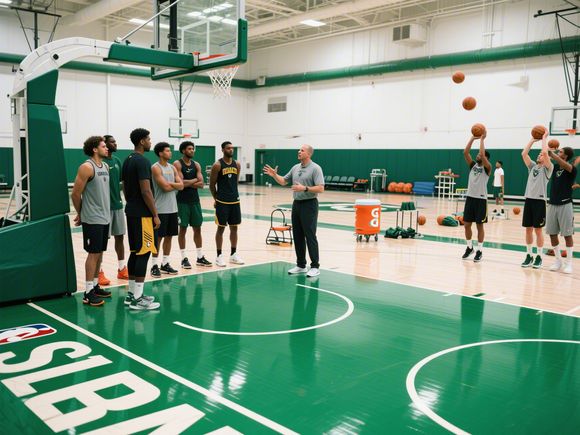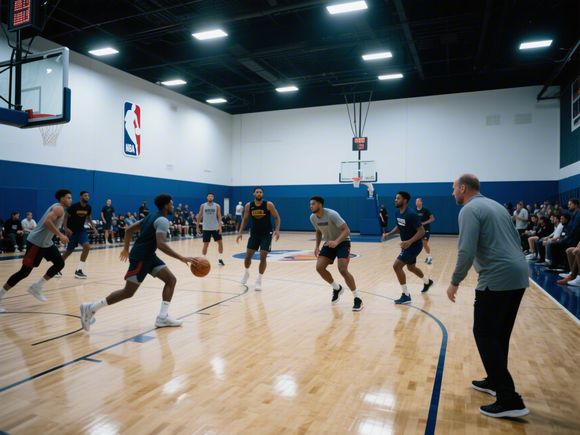The Naz Reid Contract Dilemma: Minnesota’s Financial Crossroads
Contract Value vs. Cap Reality
When Minnesota locked Naz Reid into a 3-year/$42M extension in 2023, few anticipated his rapid development into a Sixth Man of the Year contender. The 2024-25 season saw Reid post career highs (14.7 PPG, 6.1 RPG) while shooting 45.8% from the field during playoff action. However, his $15.02M player option for 2025-26 now creates complex financial calculus for the Wolves.
2025-26 Salary Crunch
Minnesota's core commitments tell the story:
- Anthony Edwards: $45.55M
- Rudy Gobert: $35M
- Julius Randle: $30.94M
These three contracts alone consume $111.49M - 53.7% of the projected $207.8M second apron threshold. With total salaries projected at $241.7M, the Wolves face severe CBA restrictions including frozen draft picks and limited trade flexibility.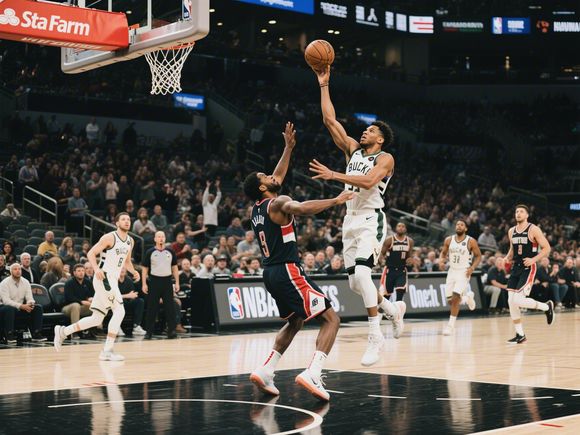
Roster Construction Challenges
The Wolves' big-heavy approach creates unique complications:
- Reid's floor spacing (36.1% career 3P%) complements Gobert's rim protection
- Defensive switching limitations when playing dual-big lineups
- Only 14% of Reid's minutes came alongside Gobert in 2024-25
Strategic Options
Path 1: Contract Renegotiation
Ideal scenario: Reid declines his player option for a team-friendly deal with performance incentives. This would require:
- Base salary starting at $12-14M annually
- Playoff performance bonuses
- Partial guarantee in final year
Path 2: Sign-and-Trade Opportunities
Potential trade partners need bigs with perimeter skills:
- Oklahoma City (15 first-round picks through 2030)
- San Antonio (cap space + developmental timeline)
- Orlando (playoff-ready defensive roster)
Ownership Uncertainty
The pending ownership transition from Glen Taylor to Alex Rodriguez/Marc Lore adds complexity. New owners typically:
- Prioritize financial flexibility over win-now moves
- Seek to establish their own basketball philosophy
- May value draft capital over veteran role players
League-Wide Implications
Minnesota's predicament reflects broader CBA challenges:
- Second apron restrictions effectively create "hard cap" limitations
- Mid-sized contracts ($10-20M) becoming roster-building landmines
- Player development timelines clashing with financial windows
Keywords: Naz Reid, Minnesota Timberwolves, NBA salary cap, CBA restrictions, roster management


